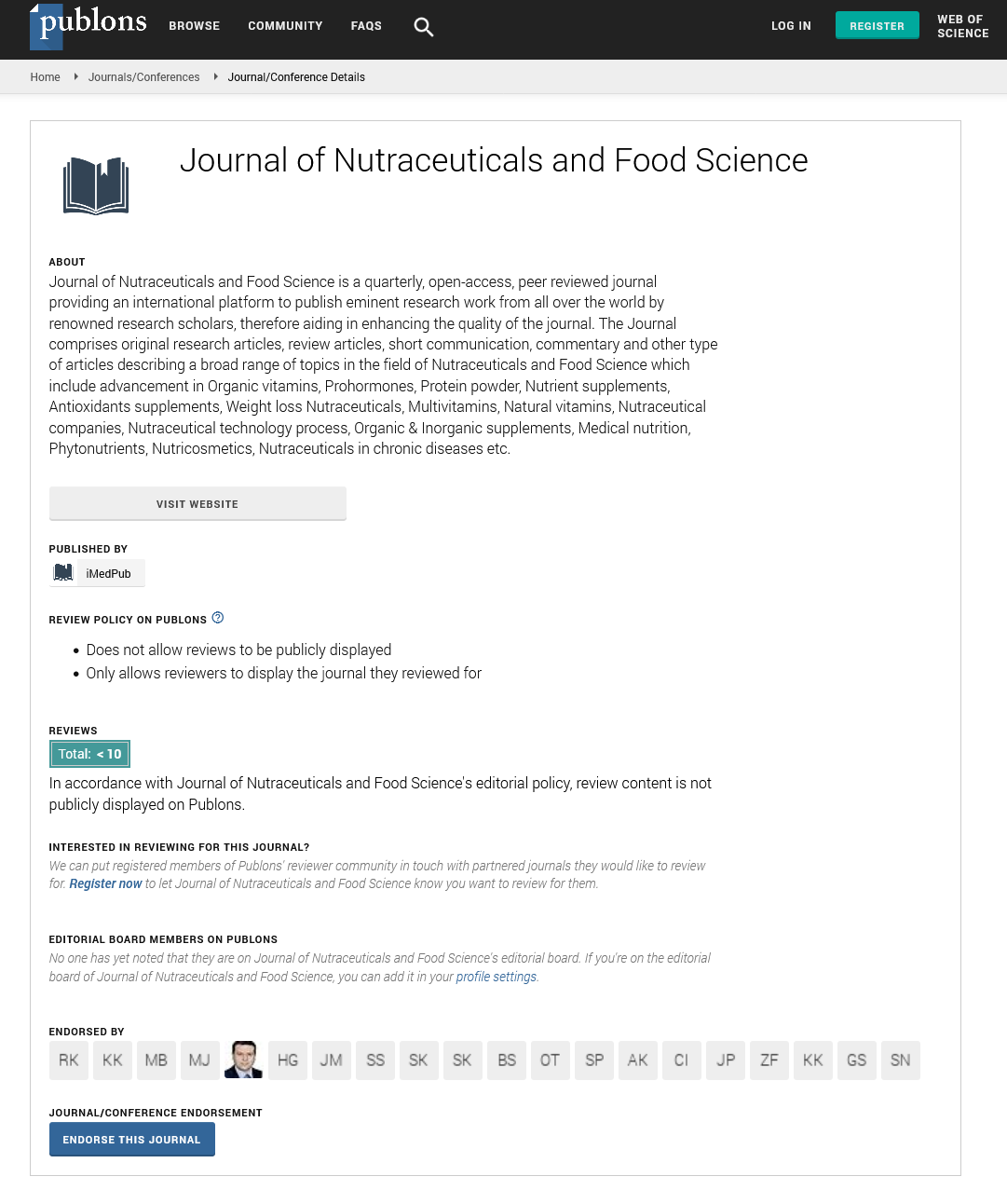Abstract
Antioxidant activity of aqueous and alcoholic extracts of cashew apple
Cashew apple bagasse (CAB) constitutes waste in cashew apple conversion in juice industries. This study focused on modelling an optimal condition of antioxidant activity of CAB, in view of valuing it. The response surface methodology through a Box-Behnken design was used to evaluate the effects of three factors influencing antioxidant component extraction. The factors are ethanol proportion of solvent (X1), sample/solvent ratio (X2) and time (X3). Non-toxic solvents (water and ethanol) were used for extraction. Results of the 15 runs show that polyphenol, flavonoid and tannin content varied from 3.12- 7.44 mg GAE/g CAB; 4.28- 14.99 mg QE/g CAB and 1.95- 9.25 TAE/g CAB respectively. The yield of ABTS radical scavenging varied from 22.9-75.9%. The DPPH 50% inhibiting concentration (IC50) varied from 2.28-26.97 mg/ml. Optimal polyphenol and tannin levels (7.44 mg GAE/g CAB and 9.25 mg TAE/g CAB respectively) were achieved using 50% ethanolic solvent. That of flavonoids was reached with the solvent 100% ethanol. Optimal antioxidant activity was reached using 50% ethanolic solvent for both ABTS and DPPH tests (75.9% and 2.28 mg/ml respectively). Statistical analysis showed that time has had no significant effect. Optimal condition of phenolic compounds extraction endowed with antioxidant property consists to macerate CAB powder in 46.1% ethanolic solvent at ratio of 9.5 g/100 ml for 6 h.
Author(s): KOFFI Kouadio Ernest
Abstract | Full-Text | PDF
Share this

Google scholar citation report
Citations : 393
Journal of Nutraceuticals and Food Science received 393 citations as per google scholar report
Journal of Nutraceuticals and Food Science peer review process verified at publons
Abstracted/Indexed in
- Google Scholar
- Publons
- Secret Search Engine Labs
Open Access Journals
- Aquaculture & Veterinary Science
- Chemistry & Chemical Sciences
- Clinical Sciences
- Engineering
- General Science
- Genetics & Molecular Biology
- Health Care & Nursing
- Immunology & Microbiology
- Materials Science
- Mathematics & Physics
- Medical Sciences
- Neurology & Psychiatry
- Oncology & Cancer Science
- Pharmaceutical Sciences


